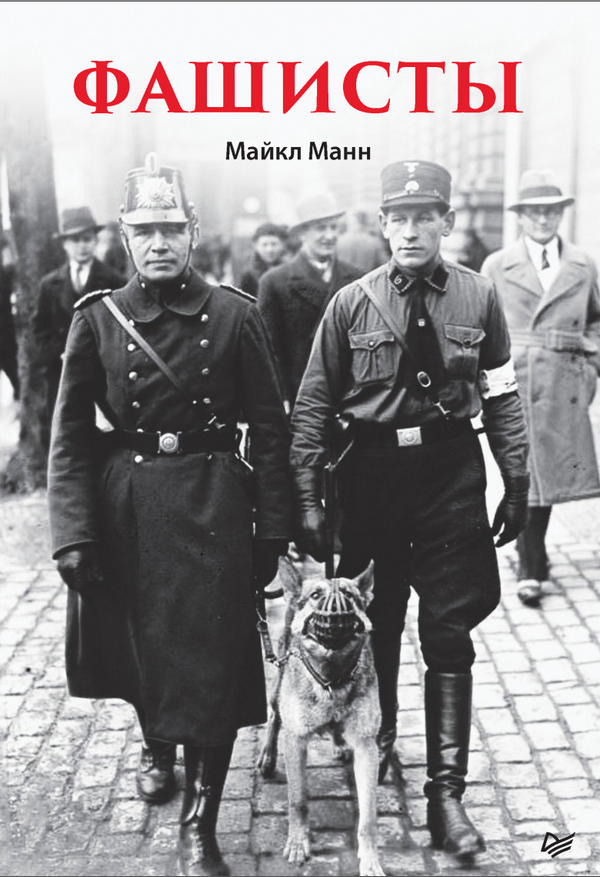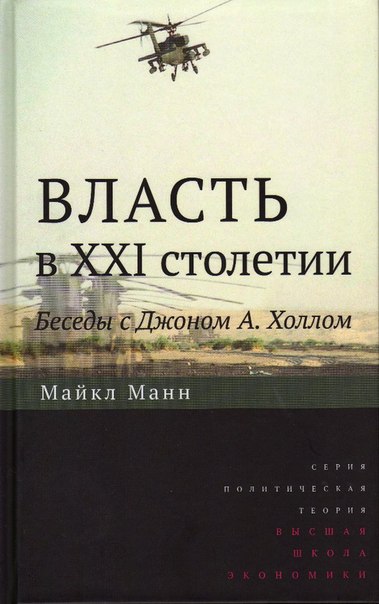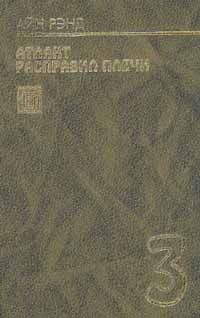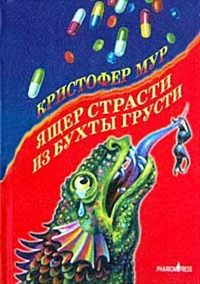class="p1">Tilly, C. 1975. The Formation of National States in Western Europe. Princeton, N. J.: Princeton University Press.
_____. 1990. Coercion, Capital and European States. Oxford: Blackwell.
Townson, N. 1988. “Algunas consideraciones sobre el proyecto ‘republicano’ del Partido Radical.” In Túnon de Lara (ed.), La II república española.
Treptow, K., et al. 1996. A History of Romania. New York: Columbia University Press.
Túñon de Lara, M. 1972. El movimiento obrero en la historia de Espana. Madrid: Taurus.
_____. 1978. Luchas obreras y campesinas del siglo XX: Jaén (1917–1920), Sevilla (1930–1932). Madrid: Siglo XXI.
_____. 1985. Tres claves de la segunda república. Madrid: Alianza.
Túñon de Lara, M. (ed.). 1988. La II república espanola: Bienio rectificador y frente popular, 1934–1936. Madrid: Siglo XXI.
Turner, H. A. 1985. German Big Business and the Rise of Hitler. New York: Oxford University Press.
Turner, H. A. (ed.). 1984. Hitler — Memoir of a Confidant. New Haven, Conn.: Yale University Press.
Tusell Gómez, J. 1970. La segunda república en Madrid: Eleccionesy partidos politicos. Madrid: Technos.
_____. 1971. Las elecciones del frente popular en Espana. Madrid.
Cuadernos para el Dialogo.
_____. 1974. Historia de la democracia cristiana en Espana. Madrid.
_____. 1976. Oligarquía caciquismo en Andalucia (1890–1923). Barcelona: Editorial Planeta.
Tusell Gómez, J., et al. 1993. Estudios sobre la derechas espanola contemporanea. Madrid: UNED.
Vago, R. 1987. “Eastern Europe.” In D. Muhlberger, (ed.), The Social Basis of European Fascist Movements. London: CroomHelm.
Vago, R. (ed.) 1975. The Shadow of the Swastika. London: Saxon House.
Varela, Díaz, S. 1978. Partidos yparlamento en la II república espanola. Madrid: Fundacion Juan March.
Vega, E. 1987. Anarquistas y sindicalistas 1931–1936. Valencia: Edicions Alfons el Magnánim.
Veiga, F. 1989. La Mistica del Ultranacionalismo. Barcelona: Universitat Autonomia de Barcelona.
Verdery, K. 1983. Transylvanian Villagers: Three Centuries of Political, Economic and Ethnic Change. Berkeley and Los Angeles: University of California Press.
Vilanova, M. 1986. Atlas electoral de Catalunya durant la segona república. Barcelona: Magrana.
Vincent, M. 1989. “The Spanish church and the Popular Front: The experience of Salamanca province.” In Alexander and Graham (eds.), French and Spanish Popular Fronts.
Volovici, L. 1991. Nationalist Ideology and Anti-Semitism: The Case of Romanian Intellectuals in the 1930s. Oxford: Pergamon.
Watts, L. 1993. Romanian Cassandra: Ion Antonescu and the Struggle for Reform, 1916–1941. New York: Columbia University Press.
Weber, E. 1964. Varieties of Fascism. Princeton, N.J.: Van Nostrand.
_____. 1966a. “The Men of the Archangel.” Journal of Contemporary History 1.
_____. 1966b. “Romania.” In H. Rogger and E Weber (eds.), The European Right: A Historical Profile. London: Weidenfeld & Nicholson.
_____. 1976. “Revolution? Counterrevolution? What revolution?” In W. Laqueur (ed.), Fascism: A Reader’s Guide.
Weber, H. 1969. Die Wandlung der deutschen Kommunismus, 2 vols. Frankfurt: Europaische Verlagsanstalt.
Webster, A. 1986. “The Romanian Legionary Movement.” Carl Beck Papers, Center for Russian and East European Sudies, University of Pittsburgh, no. 502.
Wegner, B. 1990. The Waffen-SS. Oxford: Blackwell.
Weinberg, L. 1998. “The MSI and the fascist heritage in Italy: The persistence of a neofascist party in the post fascist context.” In Larsen and Hagtvet (eds.), Modern Europe after Fascism.
Weiss, L. 1988. Creating Capitalism. Oxford: Blackwell.
Weisbrod, B. 1996. “The crisis of bourgeois society in interwar Germany.” In R. Bessel (ed.), Fascist Italy and Nazi Germany: Comparisons and Contrasts. Cambridge: Cambridge University Press.
Wessely, A. 1991. “From the labour movement to the Fascist Government: The End of the Road by Lajos Kassák.” In S. Larsen et al. (eds.), Fascism and European Literature. Bern: Peter Lang.
Whiteside, A. 1966. “Austria.” In H. Rogger and E. Weber (eds.), The European Right: A Historical Profile. Berkeley and Los Angeles: University of California Press.
Wickham, J. 1983. “Working-class movement and working-class life: Frankfurt am Main during the Weimar Republic.” Social History 8.
Wieviorka, M. 1994. Racisme et xénophobie en europe: Une comparaison internationale. Paris: La Dévouverte.
Willems, H. 1995. “Right-wing extremism, race or youth violence? Explaining violence against foreigners in Germany.” New Community 21:501-23.
Willson, P. 1996. “Women in Fascist Italy.” In Bessel (ed.), Fascist Italy and Nazi Germany.
Wiltschegg, W. 1985. Die Heimwehr. Munich: Oldenbourg.
Wimmer, A. 1997. “Explaining racism and xenophobia: A critical review of current research approaches.” Ethnic and Racial Studies 20:17–41.
Winston, C. 1985. Workers and the Right in Spain, 1900–1936. Princeton, N.J.: Princeton University Press.
Wistrich, R., and S. Della Pergola (eds.). 1995. Fascist Antisemitism and the Italian Jews. Jerusalem: Vidal Sassoon International Center.
Wohl, R. 1979. The Generation of 1914. Cambridge, Mass.: Harvard University Press.
Yavetz, Z. 1991. “An eyewitness note: Reflections on the Rumanian Iron Guard.” Journal of Contemporary History 26.
Zach, K., and C. Zach. 1998. “Romanian fascism and communist take-over.” In S. U. Larsen and B. Hagtvet (eds.), Modern Europe after Fascism 1943-1980s. New York: Columbia University Press.
Zamagni, V. 1979–80. “Distribuzione del reddito e classi sociali nell’Italia fra le due guerre.” Annali della Fondazione Giagiacomo Feltrinelli 20.
Ziegler, H. 1989. Nazi Germany’s New Aristocracy. The SS Leadership, 1925-39.
Princeton, N.J.: Princeton University Press.
Zofka, Z. 1986. “Between Bauernbund and National Socialism: The political orientation of the peasants in the final phase of the Weimar Republic.” In Childers (ed.), The Formation of the Nazi Constituency.
Zuccotti, S. 1987. The Italians and the Holocaust. New York: Basic Books.
Майкл Манн
Фашисты
Перевели с английского
Наталья Алексеева, Сергей Алексеев,
Владимир Туз, Наталья Холмогорова
Научная редакция Александра Дюкова
Заведующий редакцией А. Рук
Ведущий редактор Е. Власова
Художественный редактор В. Мостипан
Корректор Н. Беляева
Верстка Л. Соловьева
Изготовлено в России. Изготовитель: ООО «Питер Класс».
Место нахождения и фактический адрес: 194044, Россия, г. Санкт-Петербург,
Б. Сампсониевский пр., д. 29А. Тел.: +78127037373.
Дата изготовления: 08.2022.
Наименование: книжная продукция.
Срок годности: не ограничен.
Налоговая льгота — общероссийский классификатор продукции ОК 034-2014,
58.11.1 — Книги печатные.
Импортер в Беларусь: ООО «ПИТЕР М», 220020, РБ, г. Минск,
ул. Тимирязева, д. 121/3, к. 214, тел./факс: 208 80 01.
Подписано в печать 02.08.22. Формат 60x90/16. Бумага офсетная.
Усл. п. л. 56,000. Тираж 2500. Заказ 0000.





